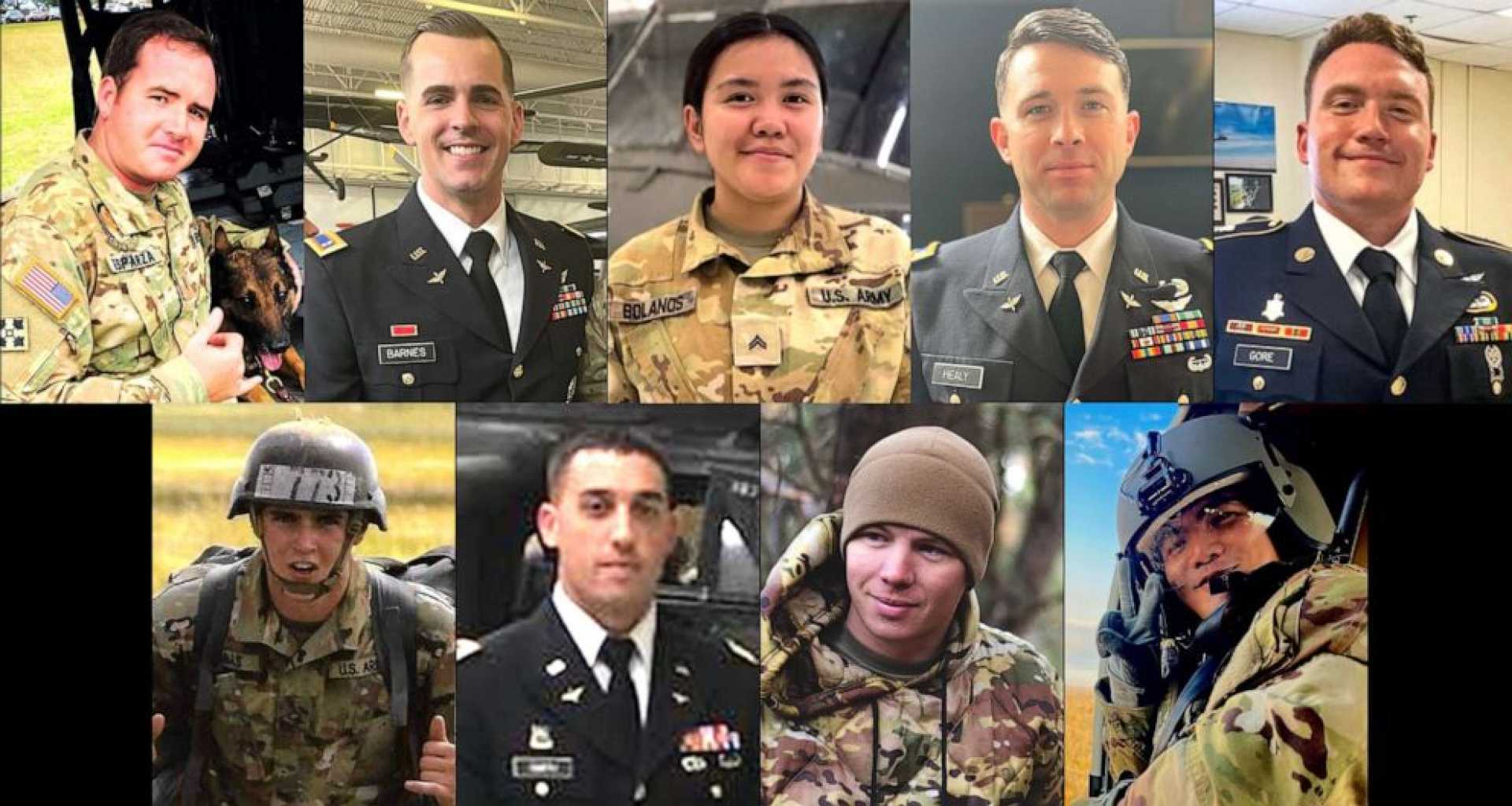News
Final Report Details Errors in Deadly D.C. Helicopter Crash

Washington, D.C. – A new report reveals significant errors made by the crew of a Black Hawk helicopter that collided with an American Airlines passenger jet over the Potomac River on January 29, 2025. The crash resulted in the deaths of all three military personnel on the helicopter and 64 individuals aboard the airline flight.
According to findings published by The New York Times, Captain Rebecca M. Lobach, pilot of the Black Hawk, failed to follow a last-minute instruction from her co-pilot, Chief Warrant Officer 2 Andrew Loyd Eaves, to turn left seconds before the collision. The helicopter was part of an annual flight evaluation at Ronald Reagan National Airport.
The Times’ investigation highlights multiple missteps leading to the disaster, including the helicopter’s failure to descend below the required maximum altitude. The Black Hawk was flying nearly 300 feet at the time, while maintaining visual separation, a practice where pilot reliance on their own sight takes precedence over air traffic control guidance.
Shortly before the crash, air traffic control notified Lobach of the incoming American Airlines flight 5342, which was descending from a higher altitude. Despite the instruction to turn left to create more space, the helicopter failed to change its course, leading to the deadly midair incident.
The Federal Aviation Administration (FAA) and the National Transportation Safety Board (NTSB) are conducting ongoing investigations. The controllers at the airport reported that the helicopter may have missed urgent directives because a radio transmission coincided with the crew’s microphone use, causing vital information to be lost.
Catherine Kelly, a co-author of the Times report, stated that miscommunication, the helicopter’s disabled Automatic Dependent Surveillance–Broadcast (ADS-B) technology, and decision-making lapses all contributed to the tragedy. The technology was switched off as part of military protocol, limiting air traffic controllers’ ability to track the helicopter effectively.
The NTSB’s final report on the investigation is expected to be published in early 2026. In response to the incident, the FAA has implemented restrictions on helicopter flights in the vicinity of Runway 33 at the airport during busy operational hours.
“Multiple layers of safety precautions failed that night,” said Katie Thomson, the FAA’s deputy administrator. Aviation experts are calling for improvements in air traffic control technology and procedures in congested airspaces to prevent similar tragedies in the future.












